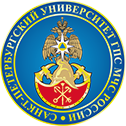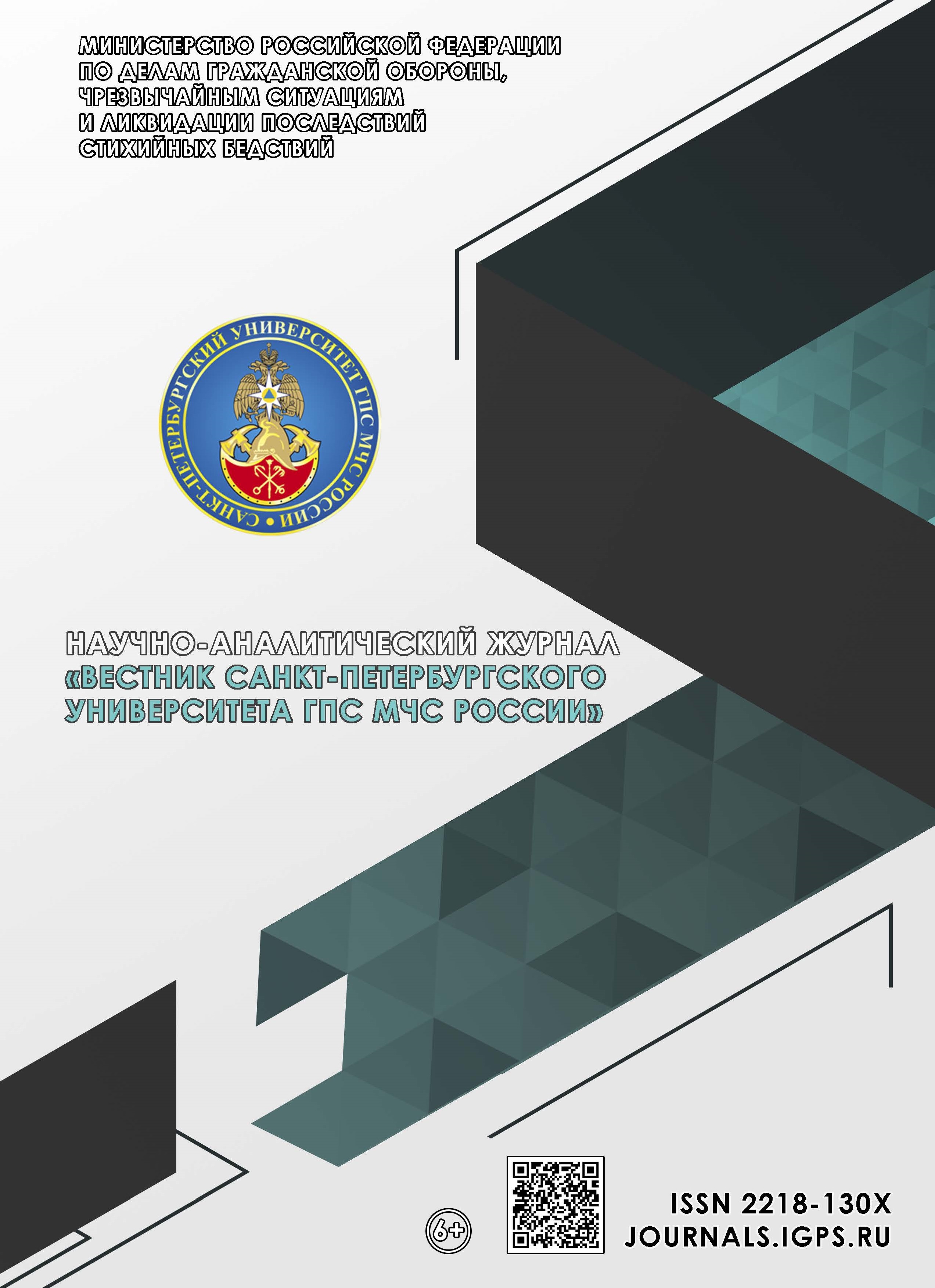Russian Federation
Russian Federation
Russian Federation
Different types of cementing agents are used in the manufacturing of inorganic structural and finishing materials using a non-firing method. Cement is one of the most common. Modern technologies are aimed to improve the exploitative properties of building materials, such as heat and sound insulation, environmental friendliness, as well as reducing construction costs. Chip-cement block is a high-tech composite material of a new generation, which is currently becoming increasingly popular in Russia and around the world, and it is most often used in the construction of low-rise houses, cottages, i.e. mainly suburban housing projects. However, this category of objects has a fairly high probability of fires. The article presents results of structure and composition changes analysis in the composite material based on a woodchip-cement mixture during heating, as well as a quantitative assessment of thermal damage degree. Infrared spectroscopy was chosen as a research method, as it is the most informative for studying various types of materials in fire-technical examination.
inorganic constructing materials, composite materials, woodchip blocks, cement, wood chips, fire, gorenje, thermal effects, expertise, infrared spectroscopy
1. Shchepocementnye plity i bloki: osobennosti materiala i otlichiya ot analogov // Vse o pererabotke vtorsyr'ya i utilizacii otkhodov. URL: https://rcycle.net/drevesina/shhepa/primenenie/shhepotsementnye-plity-i-bloki-osobennosti-materiala-i-otlichiya-ot-analogov (data obrashcheniya: 18.07.2024).
2. GOST 12.1.004–91. SSBT «Pozharnaya bezopasnost'. Obshchie trebovaniya»: Mezhgosudarstvennyj standart. M.: Standartinform, 2006. 68 s.
3. Obstanovka s pozharami v rossijskoj federacii v 2023 godu / T.A. Chechetina [i dr.] // Pozharnaya bezopasnost'. 2024. № 1 (114). S. 102–119.
4. Pozhary i pozharnaya bezopasnost' v 2022 godu: inform.-analitich. sb. Balashikha: VNIIPO MCHS Rossii, 2023. 80 s.
5. Zagorodnoe stroitel'stvo 2012 // Evropejskie tradicii. URL: https://cket.ru/info/stroit_legko_zhit_udobno/ (data obrashcheniya: 04.04.2024).
6. Andreeva E.D., Cheshko I.D. Primenenie IK-spektroskopii pri issledovanii ob"ektov, iz"yatykh s mesta pozhara: metod. posobie. M.: VNIIPO MCHS Rossii, 2010. 91 s.
7. Gorenie drevesiny pri pozhare: ucheb. posobie / S.P. Amel'chugov [i dr.]. Tyumen': GAU Severnogo Zaural'ya, 2022. 148 s.
8. Aspekty primeneniya infrakrasnoj spektroskopii alyumosilikatnykh syr'evykh komponentov v stroitel'nom materialovedenii / M.S. Lebedev [i dr.] // Tekhnicheskie nauki – ot teorii k praktike: XXIV Mezhdunar. konf. Novosibirsk, 2013. URL: https://sibac.info/2009-07-01-10-21-16/9846- (data obrashcheniya: 20.04.2024).
9. Plyusnina I.I. Infrakrasnye spektry silikatov. M.: Izd-vo MGU, 1967. 190 s.
10. Modification of kaolinite surfaces through mechanochemical treatment a mid-IR and near-IR spectroscopic study / R.I. Frostm [et al.] // Spectrochimica Acta Part A: Molecular and Biomolecular Spectroscopy. 2002. Vol. 58. P. 2849–2859.
11. Van der Marel H.W., Beutelspacher H. Atlas of Infrared Spectroscopy of Clay Minerals and Their Admixtures. 1st Ed., Elsevier, Amsterdam, 1976. 396 p.
12. Dehydroxylation mechanisms in A13+/Fe3+ dioctahedral phyllosilicates by quantum mechanical methods with cluster models / E. Molina-Montes [et al.] // Geochimica et Cosmochimica Acta. 2008. Vol. 72. Iss. 16. P. 3929–3938.
13. Tyagi B., Chudasama Ch.D., Jasra R.V. Determination of structural modification in acid activated montmorillonite clay by FT-IR spectroscopy // Spectrochimica Acta Part A: Molecular and Biomolecular Spectroscopy. 2006. Vol. 64. Iss. 2. P. 273–278.
14. Izmenenie svojstv mineral'nykh poroshkov iz alyumosilikatnogo syr'ya pod vliyaniem termicheskoj modifikacii / M.S. Lebedev [i dr.] // Stroitel'nye materialy. 2012. № 9. S. 68–70.







